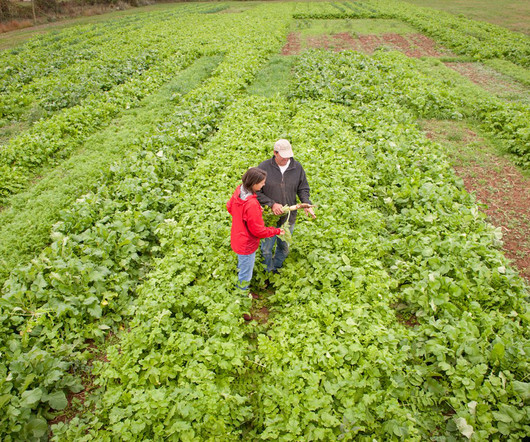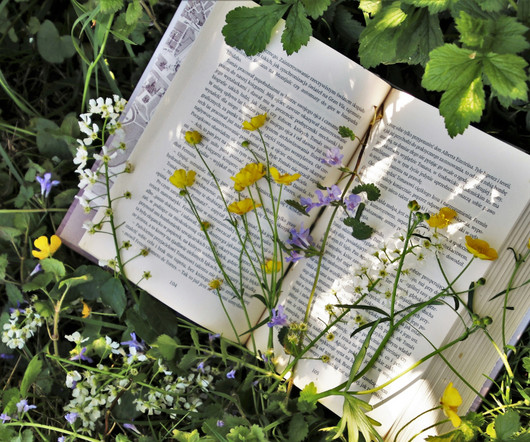Changing How We Farm Might Protect Wild Mammals—and Fight Climate Change
Civil Eats
MAY 6, 2024
land, with cropland expanding by 1 million acres per year, fueling habitat loss for wildlife and mammals. For instance, agriculture can destroy forest habitats that certain bat species, like the endangered Indiana bat or northern long-eared bat , use for roosting and foraging. Deer, for example, help cycle nutrients and fertilize soil.











Let's personalize your content